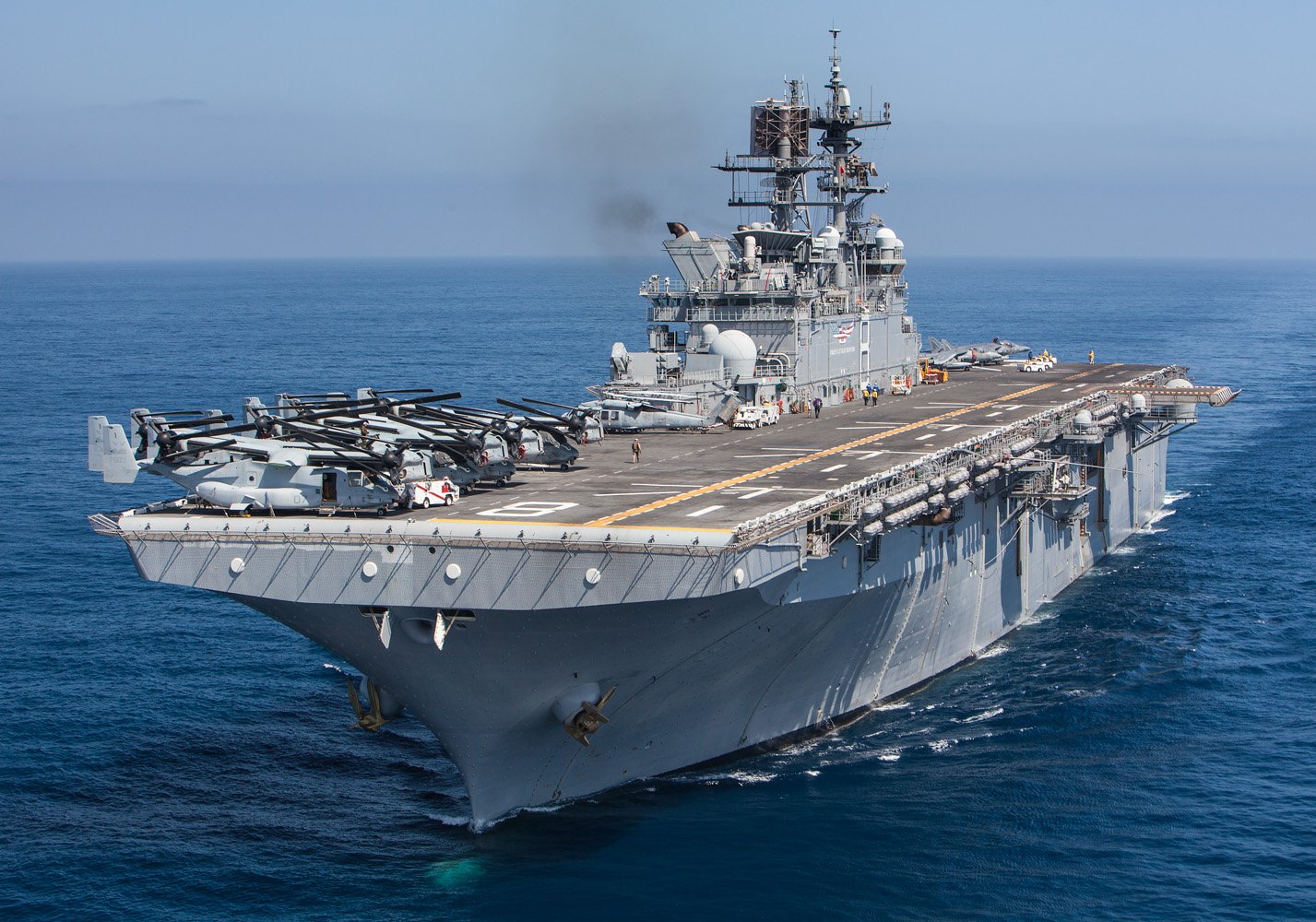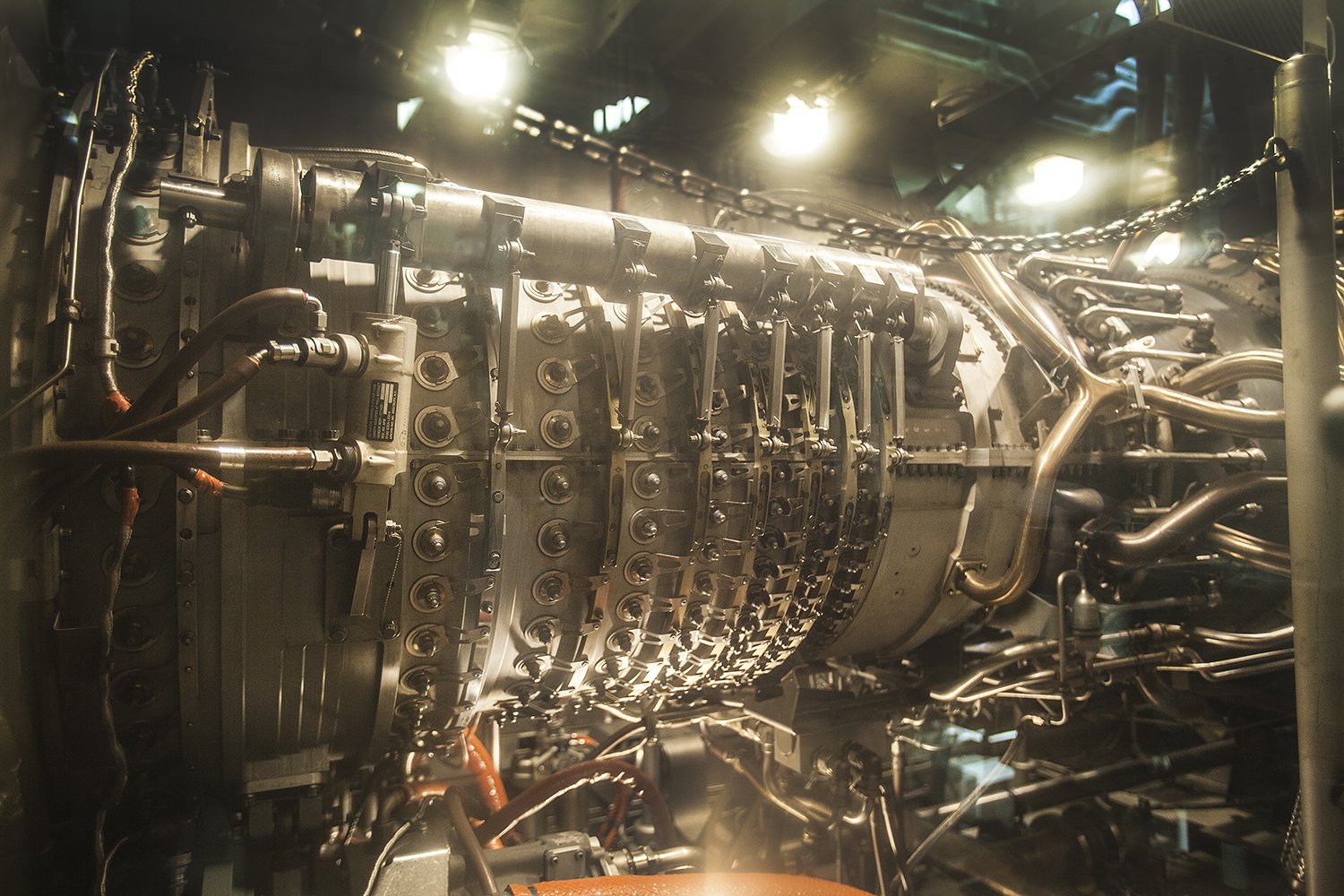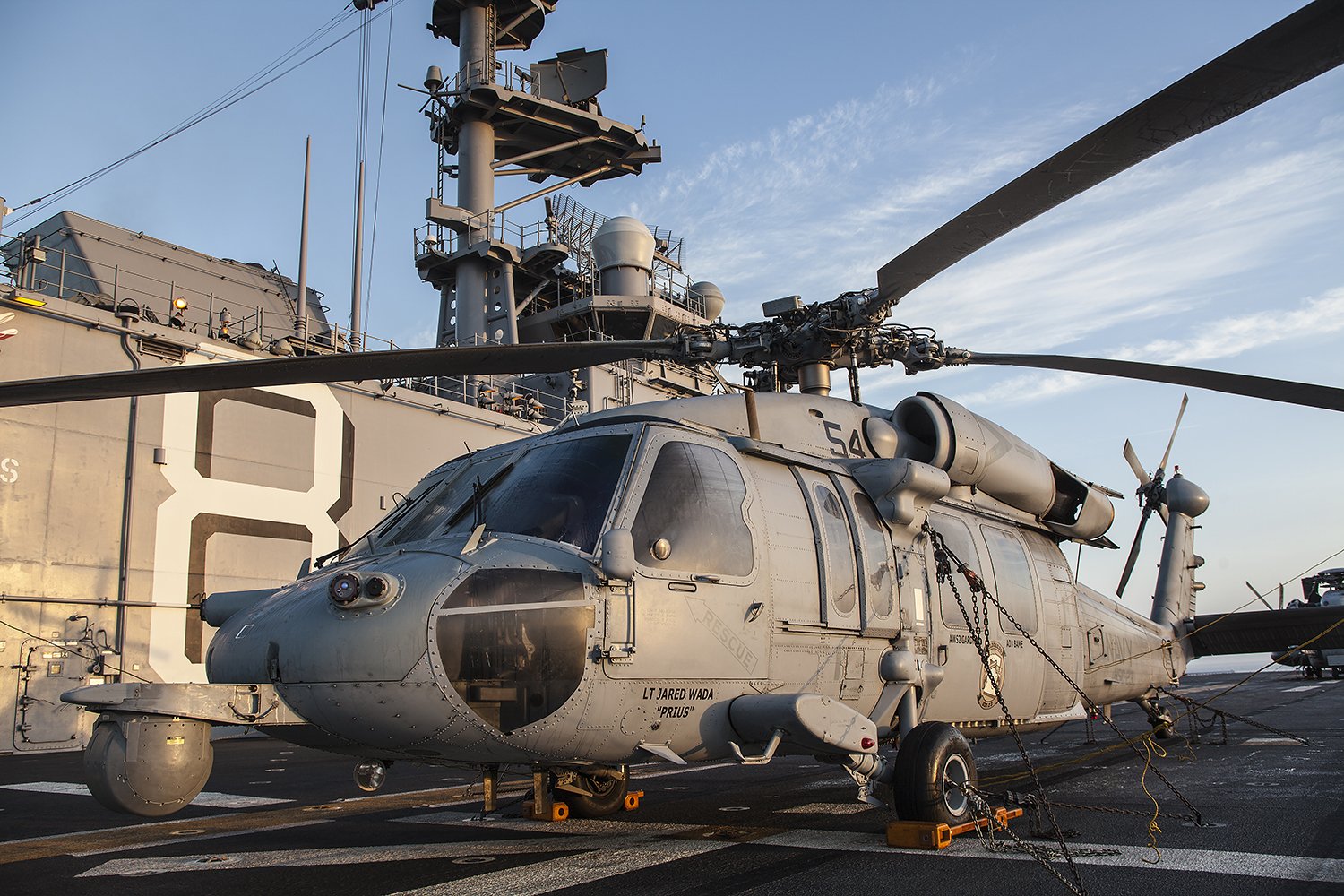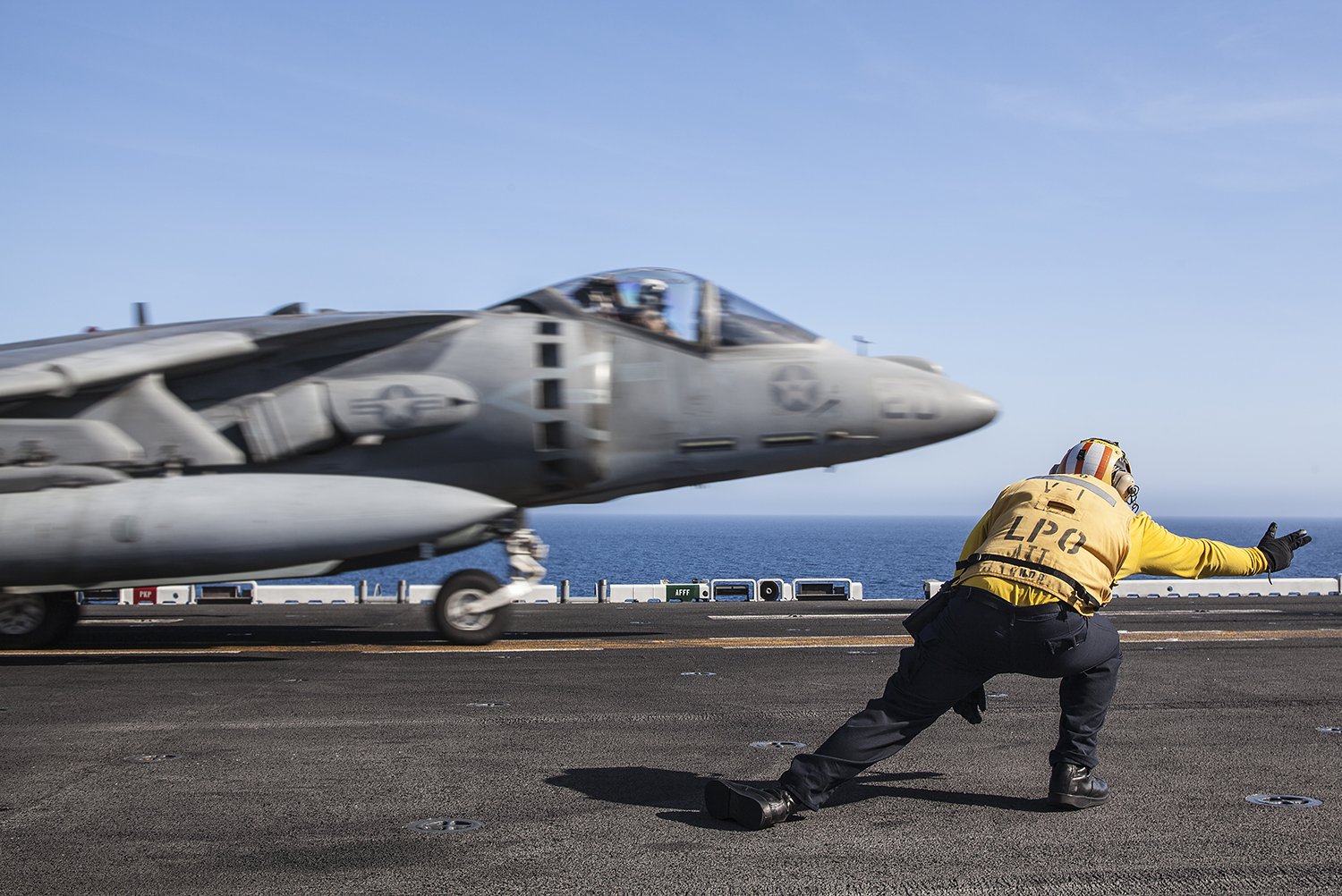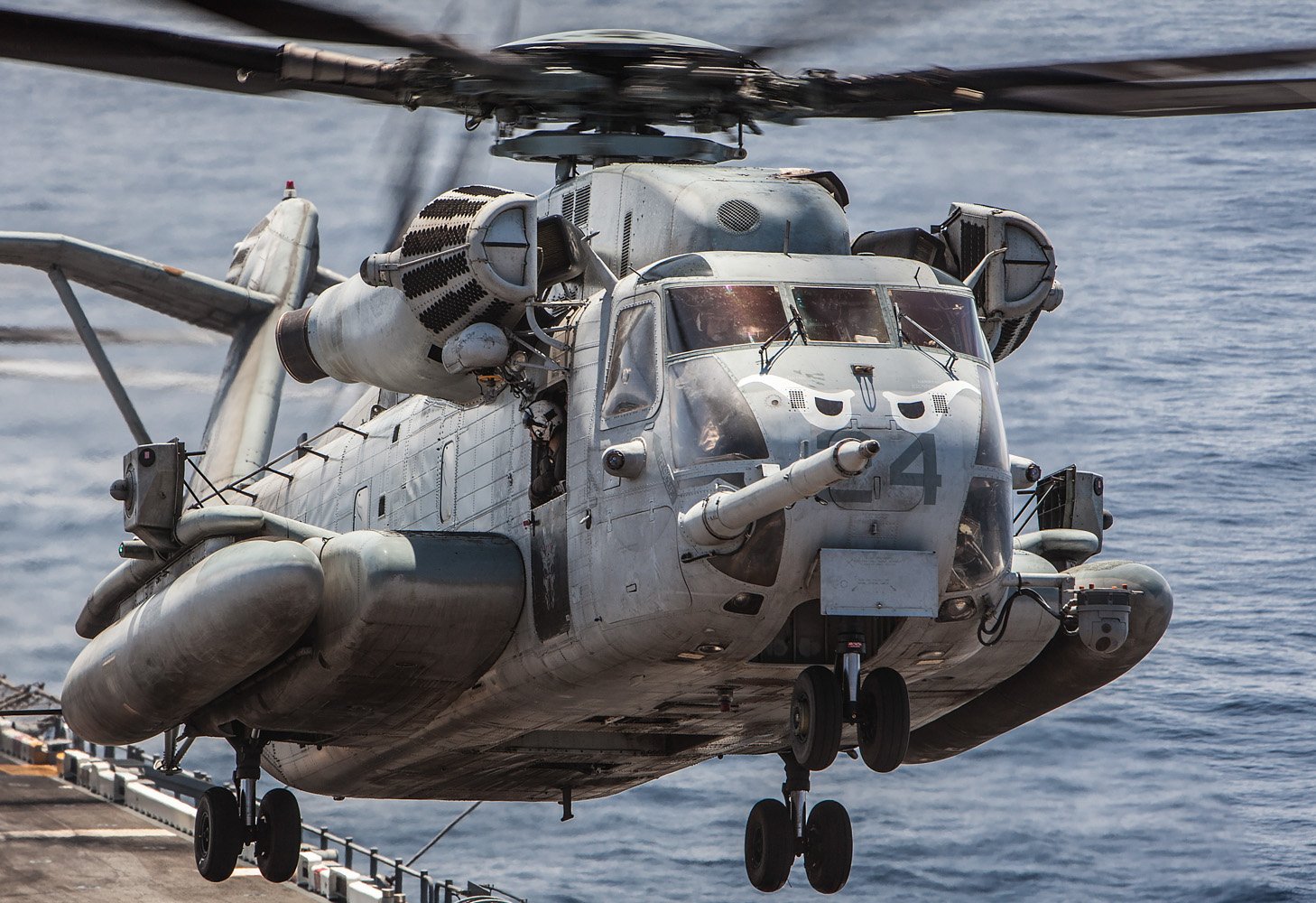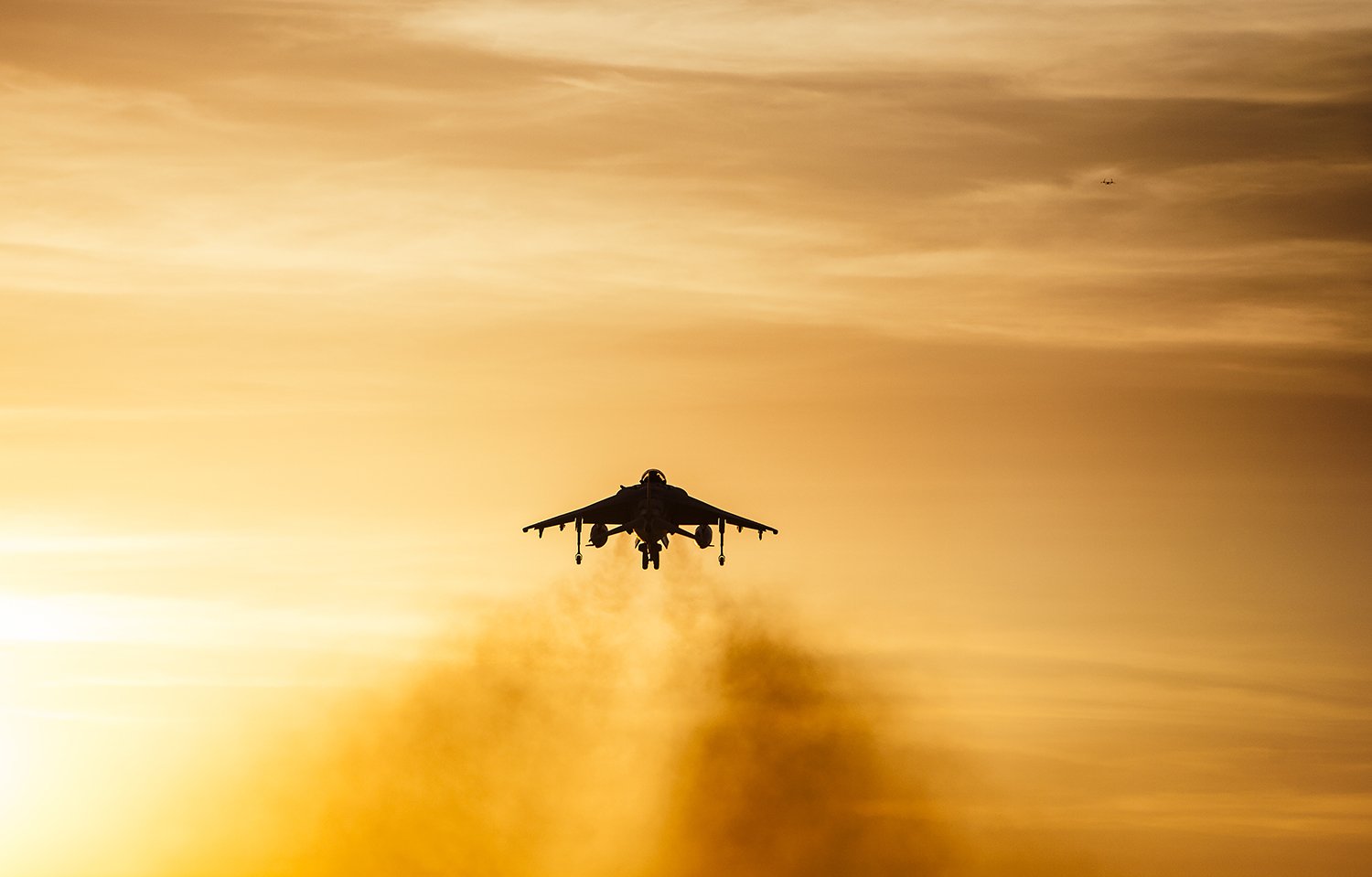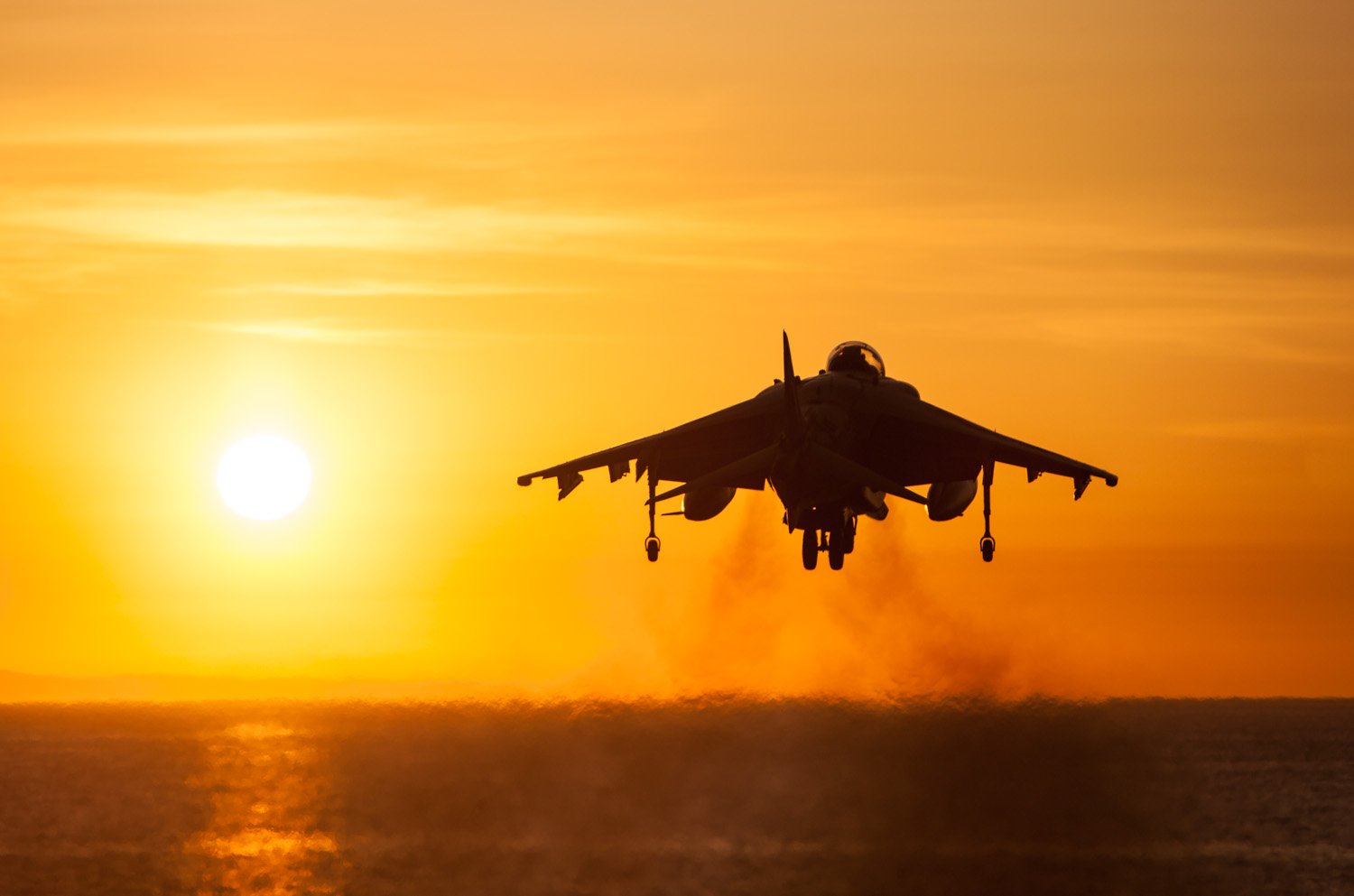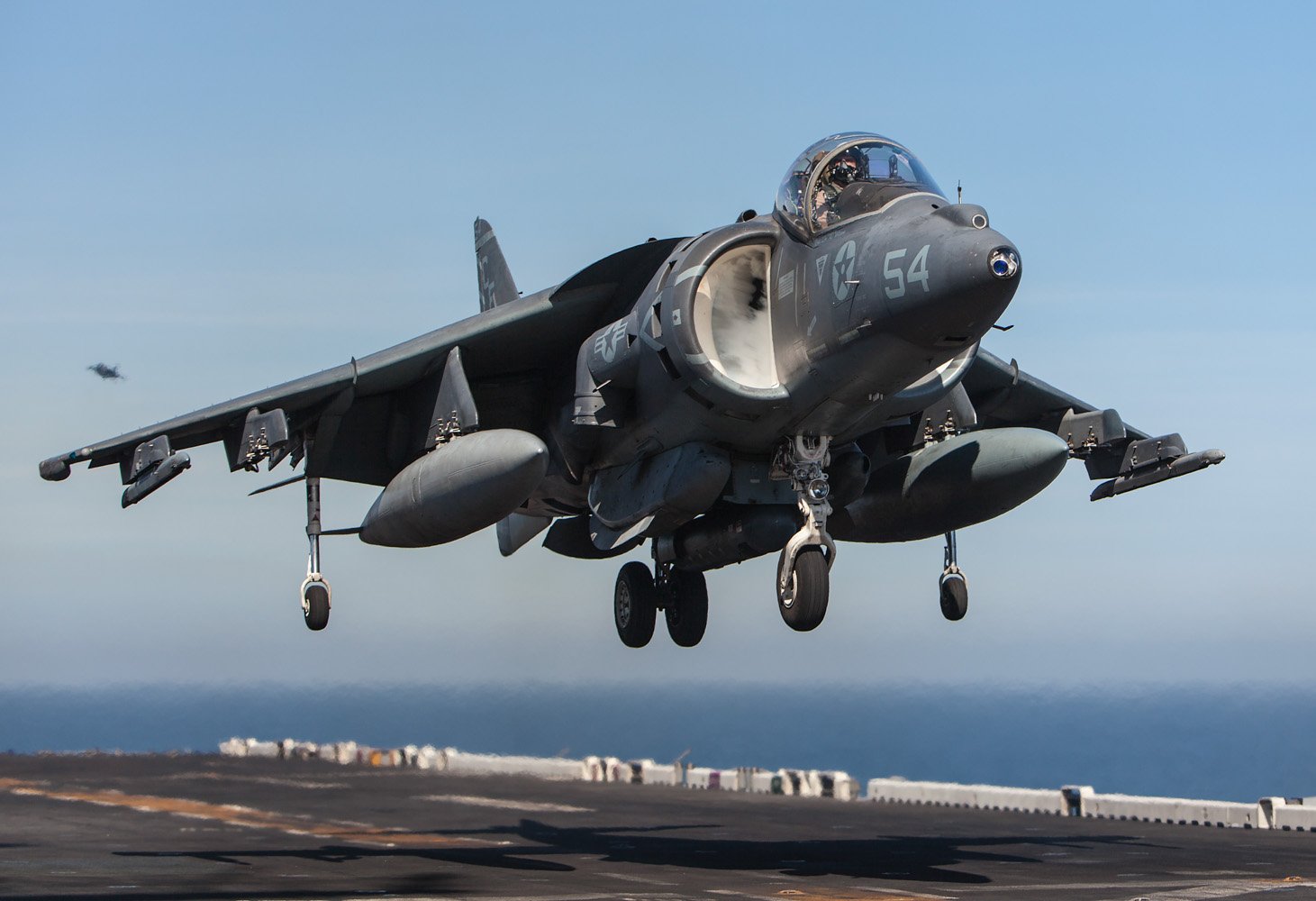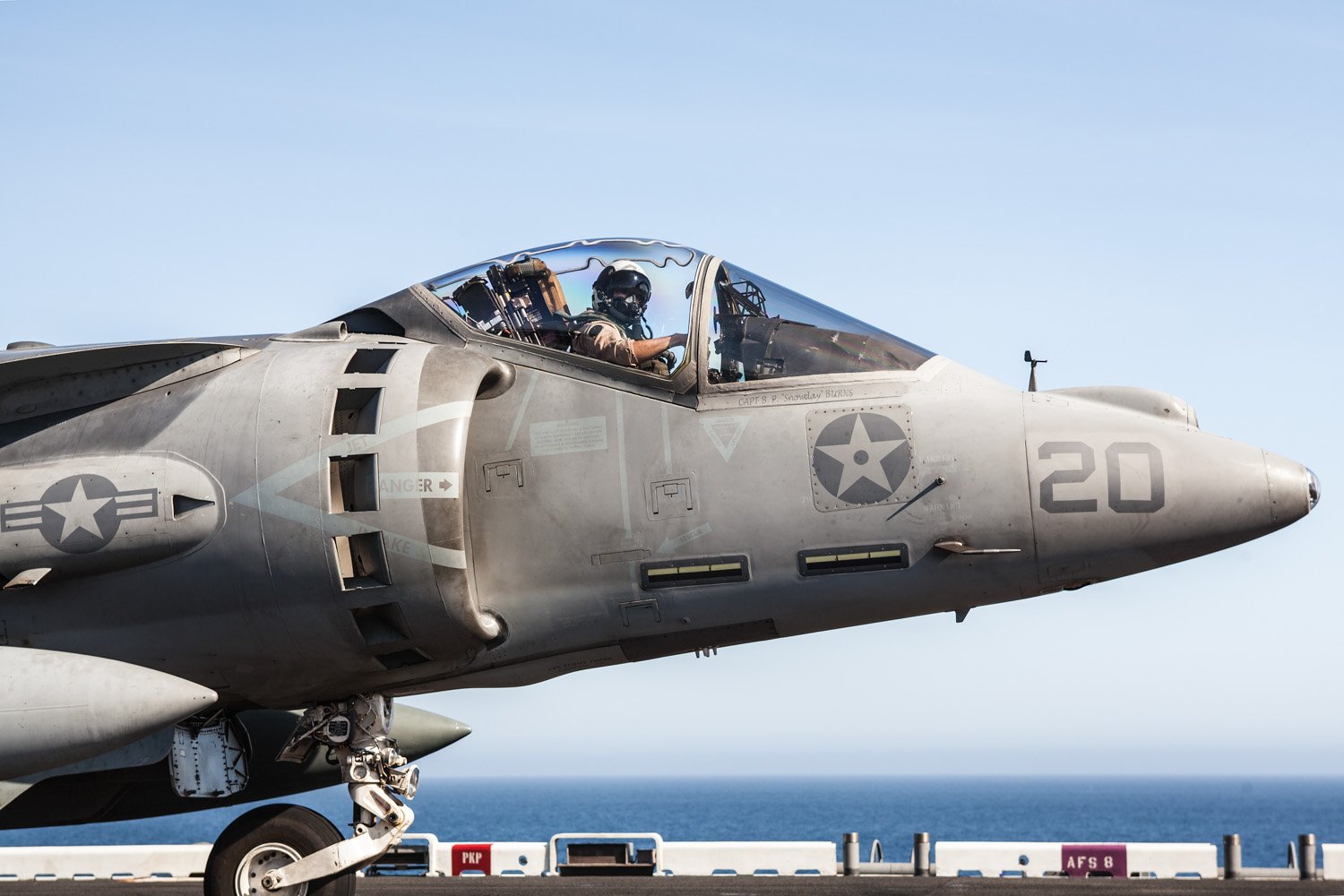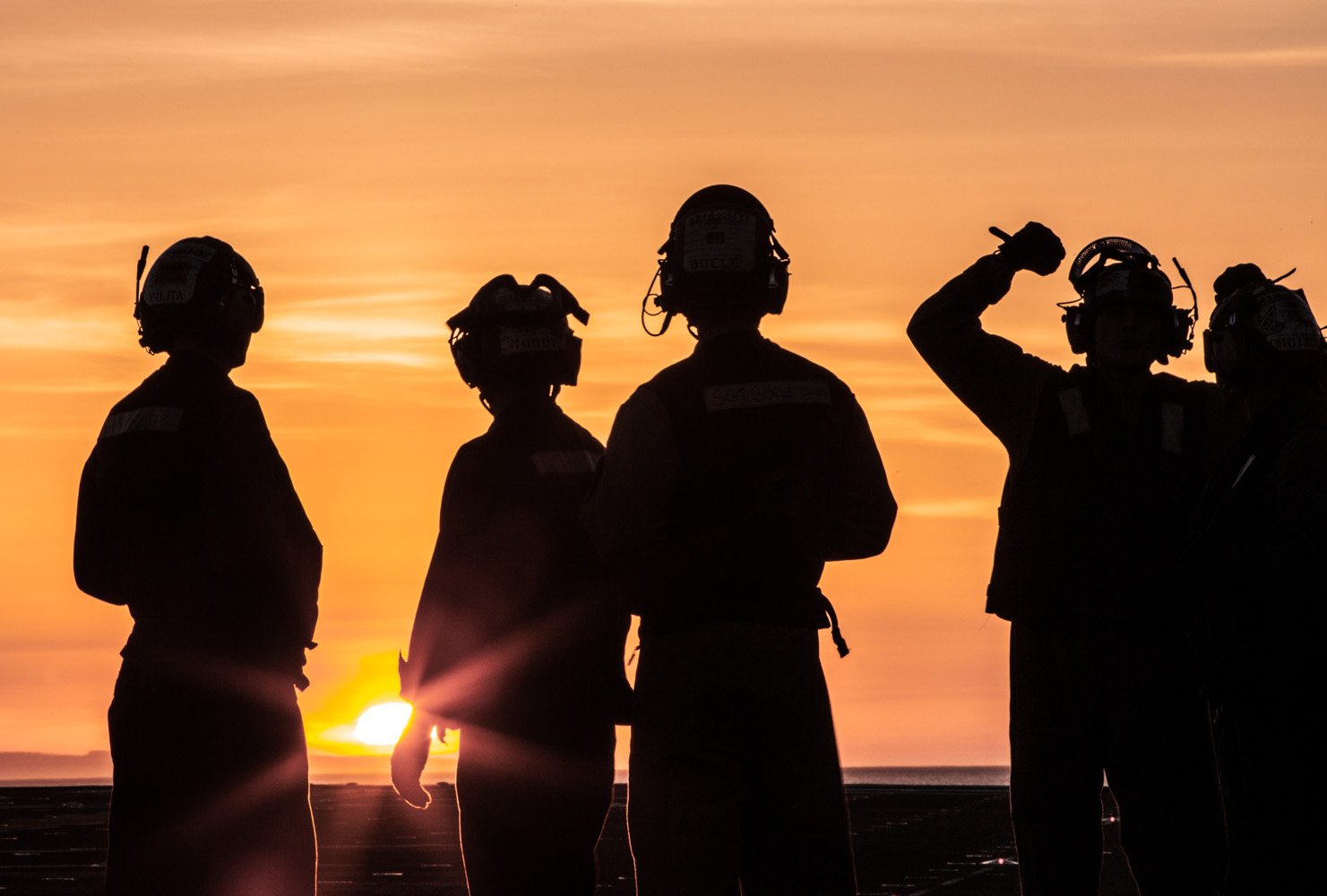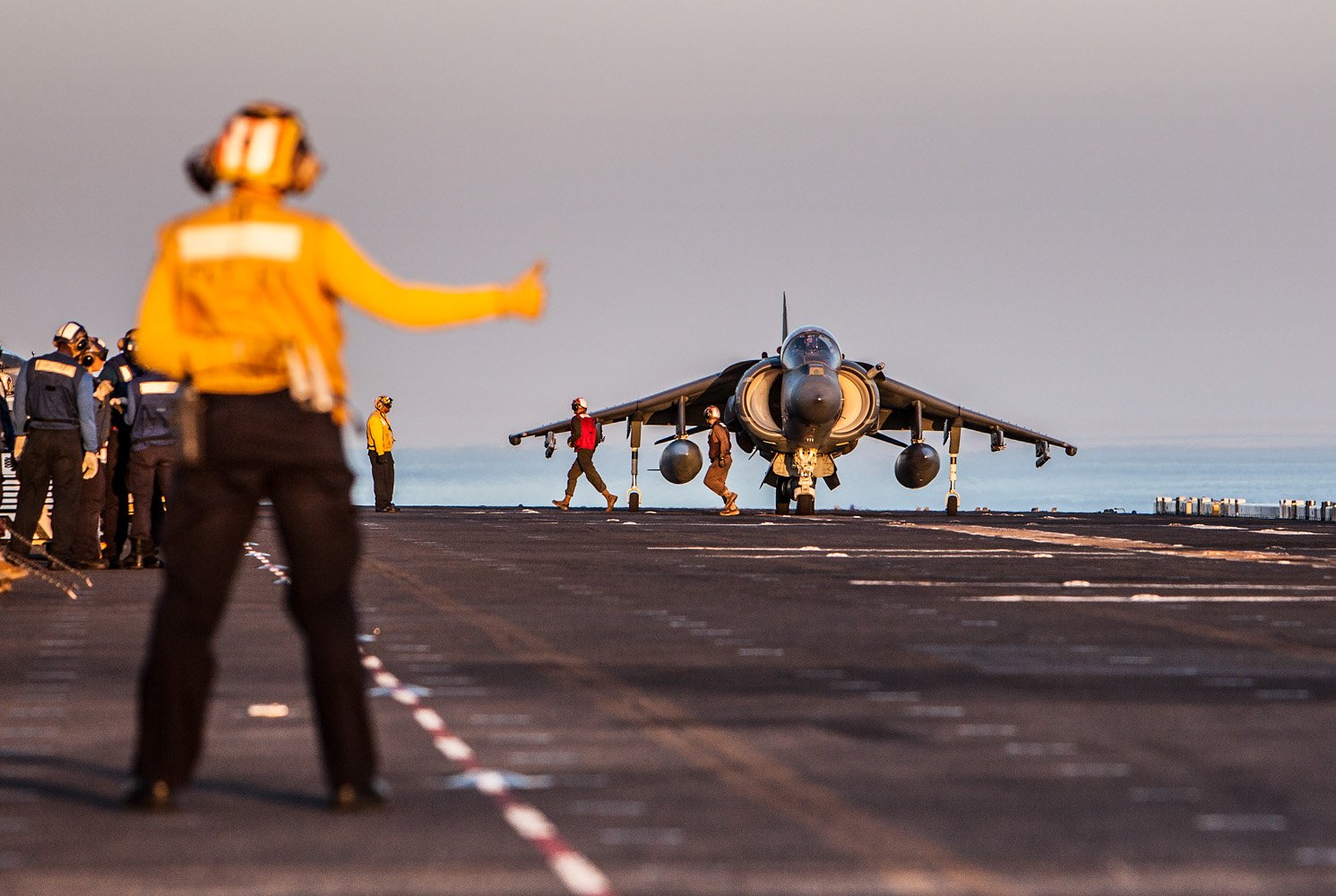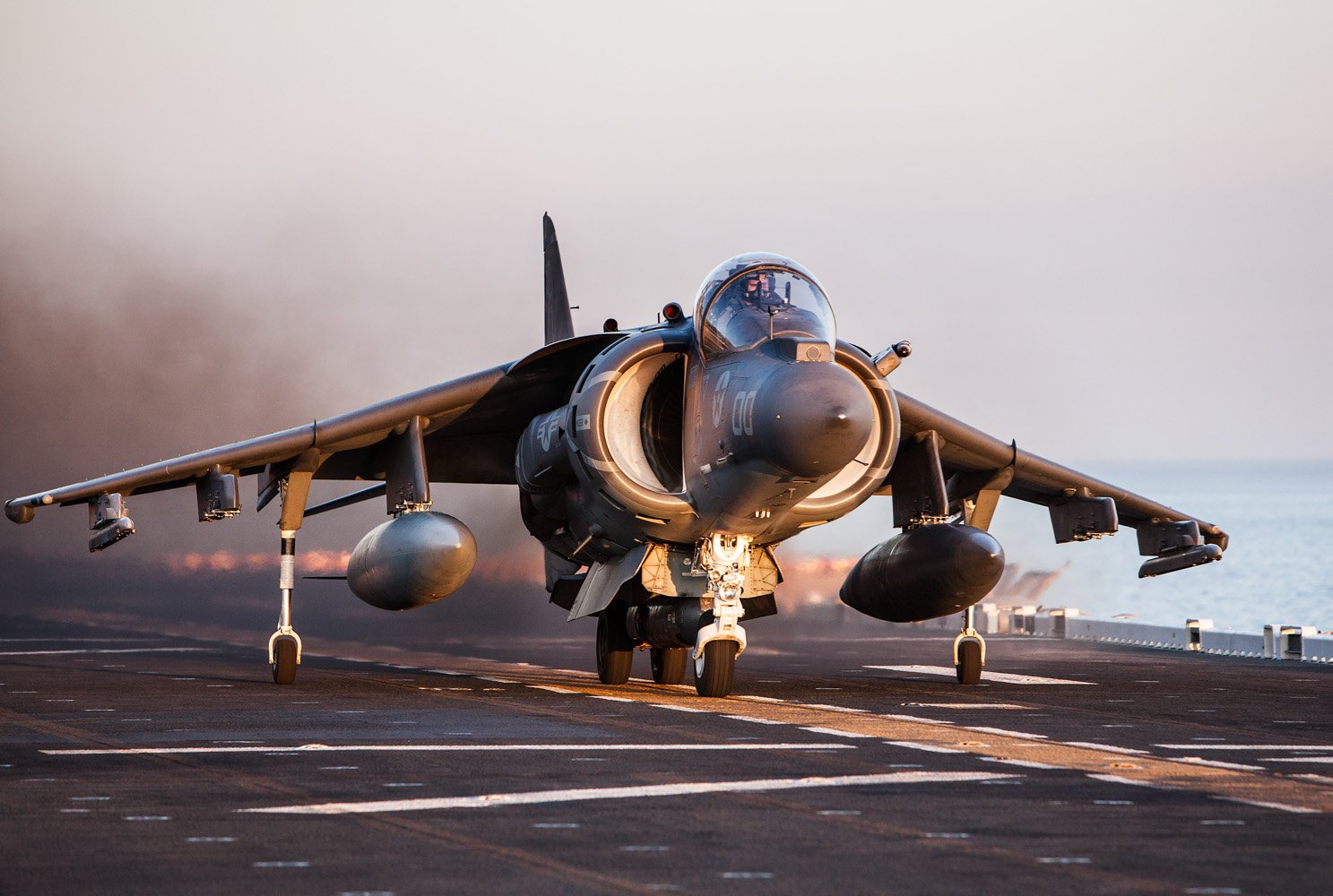Alan de Herrera
Freelance writer & photojournalist
How the Navy’s Going Green
The USS Makin Island’s hybrid-electric propulsion is the future of aircraft carriers.
Smithsonian Air & Space Magazine
Story by Alan De Herrera and Chris J. Bahnsen
September 25, 2014
The USS Makin Island is a Wasp-class amphibious assault ship based out of San Diego, California. Alhough the ship, commissioned in 2009, is the eighth and last of its class, it was the first built with a hybrid-electric propulsion system that combines gas turbines with auxiliary motors running off the ship’s electrical grid. Having the most technologically advanced engines, Makin Island was also the most expensive of the eight ships to build, at $2.5 billion.
During the ship’s maiden seven-month deployment overseas, its unique propulsion system saved more than four million gallons of fuel—worth over $15 million—compared to a conventional steam-driven ship. Makin Island represents the Navy’s growing commitment to conservation and reducing fossil fuel use. It has been so successful that the Navy is now launching a series of these hybrid-electric amphibious assault ships. The USS America will be officially commissioned in San Francisco on October 11, 2014.
Photojournailist Alan de Herrera visited the Makin Island in May 2014.
Article - Smithsonian Air & Space magazine
